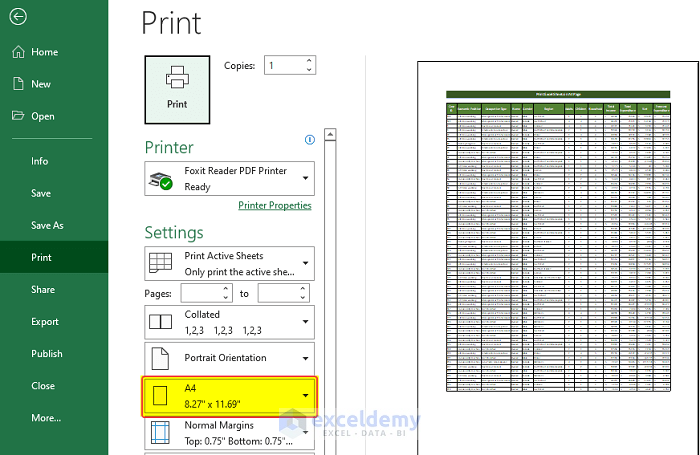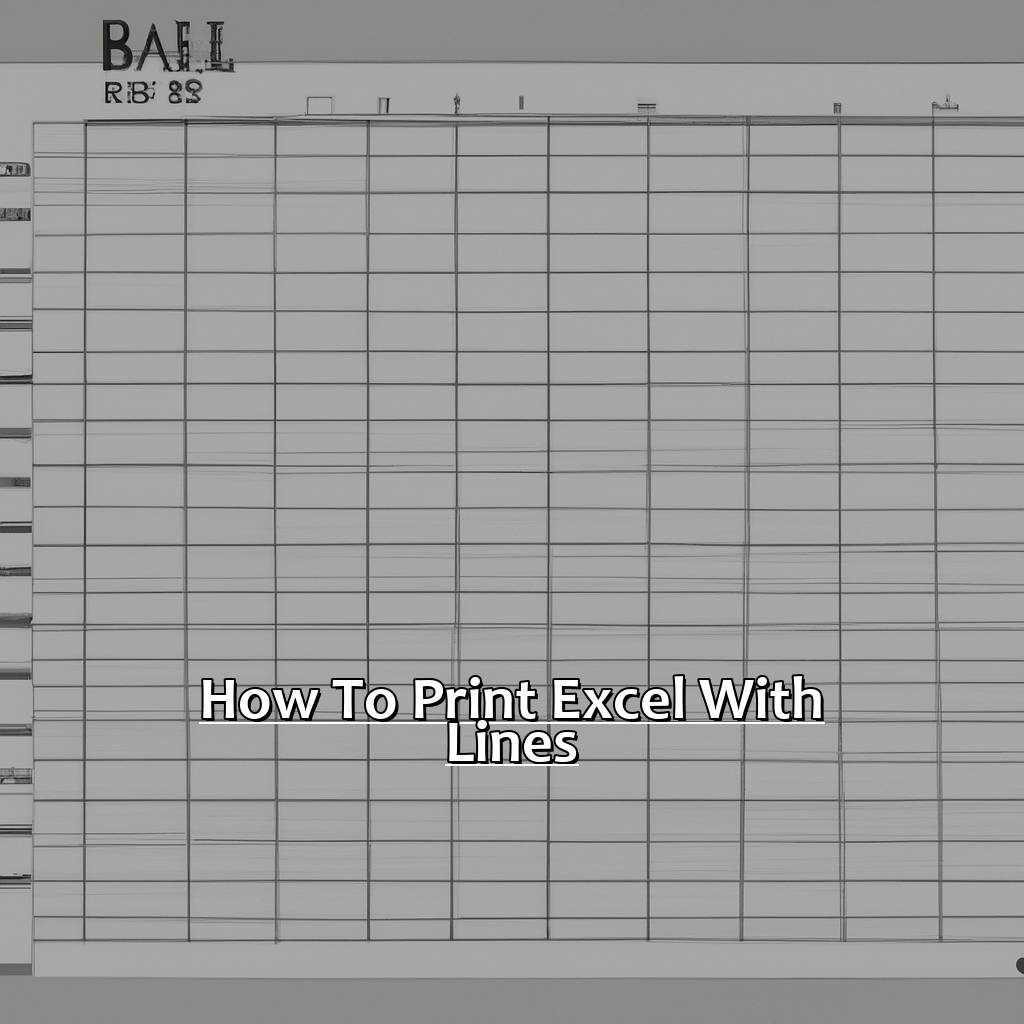5 Easy Ways to Set Print in Excel Sheets

Excel sheets are incredibly versatile, allowing users to organize, manipulate, and analyze data in countless ways. One of the most common tasks, yet sometimes overlooked in terms of optimization, is printing spreadsheets. Whether you're a student compiling data for a report, a business professional preparing presentations, or a data analyst needing hard copies of complex datasets, knowing how to efficiently set print options in Excel can save time and reduce frustration. Here are five easy ways to set up your Excel sheets for perfect printing.
1. Selecting Print Area


When you want to print only a specific part of your spreadsheet, setting a print area can make your job easier. Here’s how you can do it:
- Select the cells you wish to print.
- Go to the Page Layout tab, and click on Print Area under the ‘Page Setup’ group.
- Choose Set Print Area from the dropdown menu. This will limit the printer to the selected range.
⚠️ Note: Remember that setting a print area will override any previous settings, so check the print preview after setting it.
2. Adjust Page Breaks


Sometimes, automatic page breaks do not suit your data layout. Here’s how to control where pages begin and end:
- On the View tab, enable Page Break Preview.
- Blue lines indicate automatic page breaks; you can drag these to adjust manually.
- Right-click on the cells where you want to insert a manual page break and select Insert Page Break.
This lets you dictate where pages should split, ensuring that no important data is cut off mid-table.
3. Modify Page Layout Settings


The Page Layout tab is where you can truly customize how your data will look on paper. Here are some settings to tweak:
- Orientation: Change between Portrait and Landscape to fit more columns or rows.
- Size: Select paper size to match your printer settings or your presentation needs.
- Margins: Adjust or set custom margins for headers, footers, and cells.
- Print Titles: Set specific rows or columns to repeat on every printed page, useful for headers or sidebar titles.
- Print Gridlines and Headings: These can make the printed sheet more readable.
4. Scale to Fit


If your dataset is slightly larger than a single page, consider scaling it to fit:
- Go to the Page Layout tab.
- Under the Scale to Fit group, you can:
- Adjust Width and Height to make your content fit onto one page.
- Set the Scale to a percentage to shrink or enlarge your printout.
This method prevents splitting tables over several pages unnecessarily, keeping your printout concise and easier to follow.
5. Use Print Preview and Adjust Print Options


Before committing to print, the Print Preview feature is invaluable:
- Click File > Print or use the shortcut Ctrl+P.
- Review your spreadsheet in the preview. Here you can:
- Adjust Page Setup settings directly.
- Change the number of copies, print quality, and color options.
- Check for any overlooked page breaks or formatting issues.
Print Preview not only gives you a final chance to make changes but also helps in visualizing how your document will appear on paper.
Overall, mastering these five techniques for printing in Excel will significantly improve how you handle your data, reducing the need for extensive manual adjustments and ensuring your printed output looks professional and well-organized. Whether it's for personal use or a professional presentation, a well-formatted printout can make all the difference in how your data is perceived and utilized.
What should I do if my printer cuts off part of my Excel sheet?

+
Check if the page margins are too narrow in Page Layout. Adjust them or use ‘Scale to Fit’ to shrink your printout to fit on the page.
How can I print specific rows or columns on every page?

+
Use the Print Titles feature under Page Layout. Here, you can set specific rows or columns to repeat on each printed page.
Can I see what my print will look like before printing?

+
Yes, go to File > Print or use Ctrl+P to access the Print Preview. Here, you can make last-minute adjustments and see exactly how the document will appear on paper.